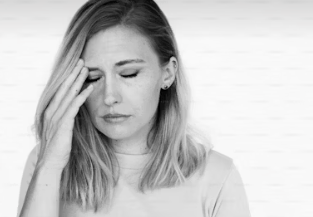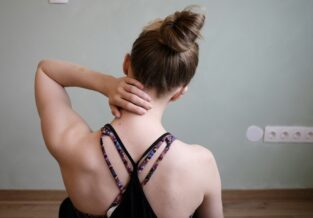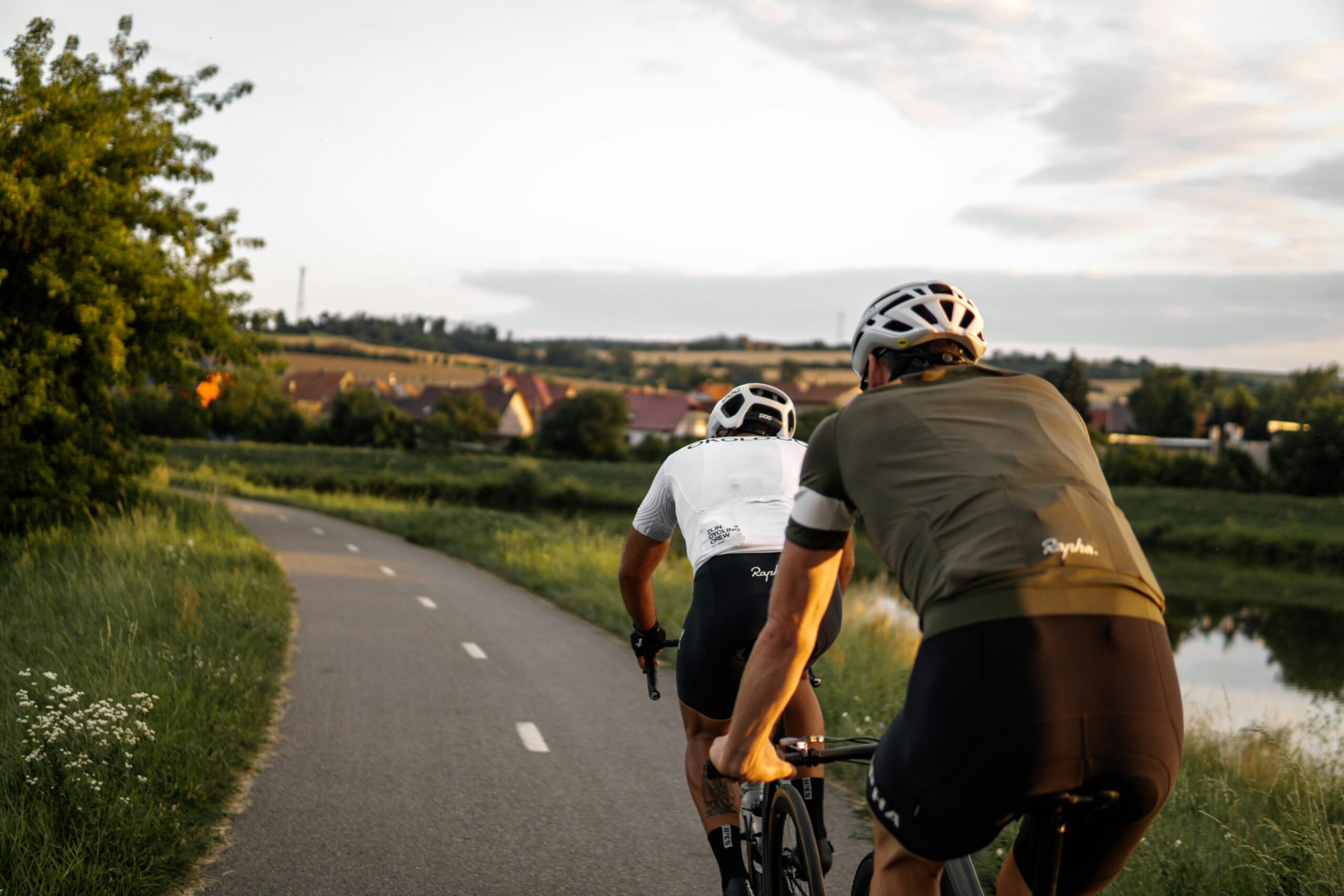Knee Injuries From Cycling
Published on
14 Jul 2023
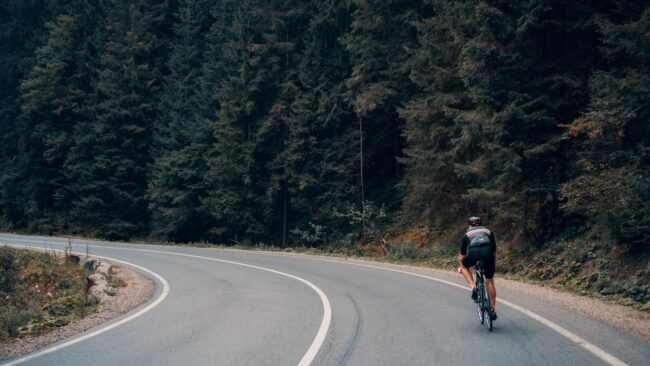

Written by
Jacob Stefanoff
Senior Physiotherapist
Call us on: (03) 9975 4133
Knee pain is a common complaint in cyclists and can be caused by a number of different factors, ranging from incorrect set up, technique or an underlying condition. In this blog we will look at the areas of the knee where you may experience pain and the specific conditions that can lead to knee pain when cycling.
Knee pain is a common complaint in cyclists and can be caused by a number of different factors, ranging from incorrect set up, technique or an underlying condition. In this blog we will look at the areas of the knee where you may experience pain and the specific conditions that can lead to knee pain when cycling.
Knee problems in cycling can stem from three main categories:
- A rapid increase in training load.
- Changes in bike equipment or bike fit.
- The cyclist’s anatomical structure and how the cyclist uses their muscles on the bike.
What are the different types of knee pain from cycling?
Anterior Knee Pain: Patella Tendinopathy
Patella Tendinopathy is described as pain and inflammation to the front of your knee (the patellar tendon). Cyclists commonly experience this pain due to the overuse of the patellar tendon in the incorrect position. The tendon can become strained due to the cyclist’s bike seat being too low or due to being positioned too far forward, placing extra pressure on the knee as a cyclist petals.
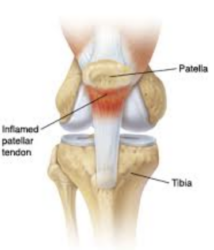
Classic symptoms of a patella tendinopathy include:
- Pain in the morning
- Tenderness to touch
- Pain in the initial period of exercise and/or accompanied with pain after exercise
- Pain with movement patterns similar to; going up stairs, squatting, leg press, lunges, jumping
If you get any of the mentioned symptoms, it would be worthwhile to get a biomechanical examination. Patella Tendinopathies respond really well to anti-inflammatories, ice and a structured and gradual strengthening program.
Anterior/Medial Knee Pain: Patellofemoral Pain Syndrome
Patellofemoral pain is described as pain in front of the knee and around the kneecap where the surrounding soft tissues of the kneecap are overloaded. The most common sight of pain referral with Patellofemoral pain is anterior or medial (front or mid knee pain) however the pain can sometimes be lateral to the kneecap (side of kneecap) and is known to move around, whereas Patella Tendinopathy is strictly anterior knee pain.
The causes of Patellofemoral knee pain are the following:
- Patella maltracking – the patella sits in a groove at the front of the knee (the trochlear groove of the femur) If the kneecap is not sitting in the middle of the trochlear groove, it will rub and result in pressure overload and pain. This could be due to muscle imbalances or weakness at the patella or hips/quad muscles
- Dynamic knee valgus – also known as ‘knock knees’, dynamic knee valgus is a sheering force which causes the knee to track inwards (eg. moving your knees inwards while squatting or when sitting from a standing position). It is caused by the lack of strength in control of your hip and knee muscles.
Patellofemoral pain responds really well to manual therapy at the patella, knee joint, the hip and the ankle. Taping to the knee is very effective as it helps the kneecap track in the correct position and helps activation of the quad muscles (Vastus Medialis Oblique) that helps with the movement and stabilisation of the kneecap. Ultimately a functional home exercise program focusing on strengthening the hip, knee and ankle and ensuring really good alignment is what is required to rehabilitate Patellofemoral knee pain.
Ways in which you can treat knee pain from cycling:
- Ensure you are getting your knee in a good position on the bike ” In line with the second or third toe”. A few important cues to think about for this, is to make sure the knee doesn’t track inwards towards the midline bar of the bike, make sure you get your knees out in line with the middle toes.
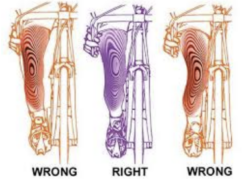
- Ensure your knee is not sitting too far forwards on the bike. Sit as far back as you can on the bike, not only will this get the knee back in a good position, it will also help engage the important Glutes which are required for cycling and help offload the quadriceps. Ensure the bike seat is up high and not too far forwards.
- Off load the Quadricep muscles by activating the Glutes. Many cyclists get too quad dominant which can turn off the glutes on the bike and cause compressive forces on the knee. A structured exercise program that focuses on strengthening the muscles in the buttock (Gluteus Maximus) and hip/pelvic muscles (Gluteus Medius) will help offload the quadriceps and help improve optimal performance on the bike.
- Physiotherapy/Manual Therapy. A physiotherapist may perform manual therapy or massage to help:
- Release the lateral quadriceps to stop these muscles from tightening up and pulling on the patella
- Release muscles around the knee cap allow for the kneecap to glide in an appropriate position
- Release tight hip muscles that might be impacting on the knee efficiency on the bike
- Release tight calf muscles that might be restricting ankle range and forcing the cyclist to load more through the knee than what is necessary
Exercise 1:
- Stand side on to wall and place medium sized inflatable exercise ball (swiss inflatable ball) between wall and upper thigh
- Lift leg holding the ball, bending your knee and gently push the ball against the wall with your knee/lower thigh.
- Cross your arms and slowly swing leg forward and backwards as far as possible from your hip, keeping the ball against the wall
- Repeat 15 reps and then swap legs
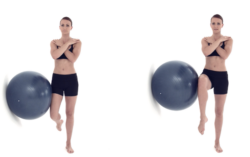
Exercise 2:
- Stand side on to wall and place chair in front of you and hold onto the back rest (as if you were holding into a bike handlebar)
- Place medium sized exercise ball (swiss inflatable ball) between wall and knee/lower thigh
- Lift leg holding the ball, bending your knee and gently push the ball against the wall with your thigh.
- Slowly swing leg forward and backwards as far as possible from your hip, keeping the ball against the wall
- Repeat 15 reps and then swap legs

The golden rules for cyclists to avoid knee pain are to:
- Ensure you make a slow and gradual increase to your training load by about 10% each week, this allows time for all of the soft tissues and muscles to adapt to the new load and strengthen appropriately
- Maintain a regular strengthening exercise routine off the bike – 1-2 times per week focusing on the key muscles involved for cycling. Your cycle specific strengthening program should focus on the following:
- Gluteus Maximus muscle
- Gluteus Medius muscle
- Deep hip stabilising muscles (Iliacus and Quadratus Femoris)
- Hamstring muscles
- Quadriceps
- Avoid drastic changes in your bike set up
- Incorporate more rest days when you are feeling fatigued
About the Author
Jacob Stefanoff — Senior Physiotherapist
Jacob has a very caring and empathetic nature and uses a holistic approach to rehabilitation. He has worked in multiple private practice settings in Sydney along side Olympic Sports Specialist Physiotherapists with professional athletes in their sporting fields. Jacob has experience with complex chronic pain, nerve pain and experience with complex lumbar spine, pelvic and hip conditions.
